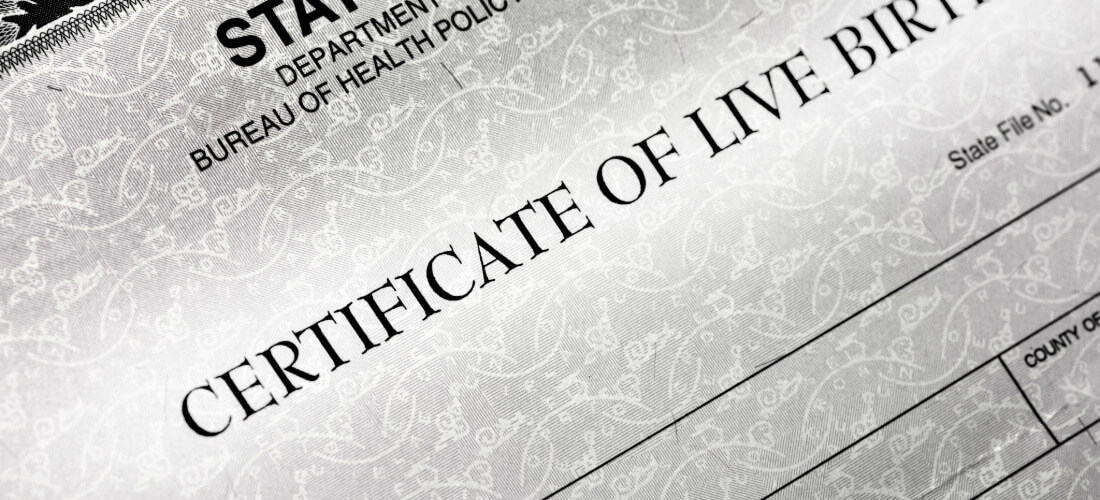
Effective communication is often cited as the recipe for success when it comes to new technology implementation. When implementing a new business licensing system, ensuring all stakeholders are well-informed can very well determine whether the project fails or thrives.
Unfortunately, communication errors are all too common in this instance, especially when a large or new technology system is being implemented. An effective communications plan can help the system transition go smoothly, mitigate misunderstandings, and facilitate compliance.
Here are the 8 steps you can take to effectively promote your new business licensing system:
1. Set Clear Communication Objectives and Timelines
You need to first determine the goal you want your communications to achieve. Whether you aim to ensure widespread awareness that the new solution is in place, achieve high compliance rates, or garner positive feedback from users, having clear objectives sets the foundation for your communications strategy. It’s important to have clear communication objectives both internally and externally. Once goals are set, be sure to set a clear timeline to inform stakeholders of milestones for the system rollout and when they can expect each to be completed.
2. Obtain Buy-In from the Right Stakeholders
Next, you want to get the proper buy-in. This makes it much easier to adopt widespread change. Communicate to relevant stakeholders the benefits of the new business licensing solution and how it will positively impact their day-to-day responsibilities. That said, it is important to note that not every group of stakeholders will need the same information. Identify and segment your audience into categories such as current business license holders, new applicants, municipal staff, and the general public.
3. Draft Tailored Messages
Remember, one size rarely fits all. Each segment of your audience mentioned above will require information tailored to their specific needs and uses for the business licensing solution. For instance, existing license holders might need details on the change management phases, while new applicants will benefit from a step-by-step guide on how to use the new business licensing solution.
4. Leverage an Automated Notifications Tool
The ability to send notifications is crucial when rolling out a new system. With a notification tool, you can schedule and automate reminders about upcoming deadlines, required documents, or any changes in the process. Prompt notifications can significantly increase compliance rates and lead to better engagement with the business licensing solution. By sending timely reminders of important updates to businesses, jurisdictions can minimize oversights and errors.
A Guide to Business Licensing for Local Governments
5. Choose Your Communication Channels
Consider leveraging a mix of communication channels to maximize reach. On the internal side, consider other ways besides email to share updates. This could mean meeting with stakeholders in person and holding demos where they see the solution being used and know what to expect. A hands-on approach can help alleviate concerns and facilitate smoother adoption. For the public, think of utilizing local newspapers, town halls, your jurisdiction’s website, social media platforms, and email newsletters to inform the public and business owners of the new system.
6. Monitor and Analyze Engagement
Use analytics tools to monitor the effectiveness of your communications and allow stakeholders to provide feedback. This can be done via email, surveys, or feedback forms on your website. Measure email open rates, website traffic, attendance at webinars, or engagement on social media posts and adjust if needed. If certain segments of your audience aren’t engaging as expected, adjust accordingly because they might need more targeted notifications or different communication channels.
7. Highlight Positive Success Stories
Once the new system is launched, share testimonials or case studies of businesses that have successfully used the new business licensing system. This not only promotes confidence in the system but also creates a sense of community achievement. Plus, these success stories can motivate those on the fence about using the system or encourage someone who might be concerned about having to learn a new system.
8. Provide Continuous Updates and Improvements
Communication needs don’t end once the new solution is launched. As the new business licensing system settles in, there most likely will be updates, new features, or improvements made to the solution. Utilizing a notifications tool to keep stakeholders informed about these changes helps ensure they always have the latest information at their fingertips.
Streamline Your Next Tech Rollout with the Right Tools
Rolling out a communications plan is not a one-off task, but it is necessary if you want to successfully implement a new business licensing system that will have a broad impact on your community. A quality communications plan requires careful planning, timely notifications, and the ability to adapt based on feedback. Remember, communication is not just about disseminating information but fostering understanding and enthusiasm.
With a solution that includes an automated notifications system, local governments can take their communication strategy to the next level, ensuring successful adoption and seamless transition to new technology.









